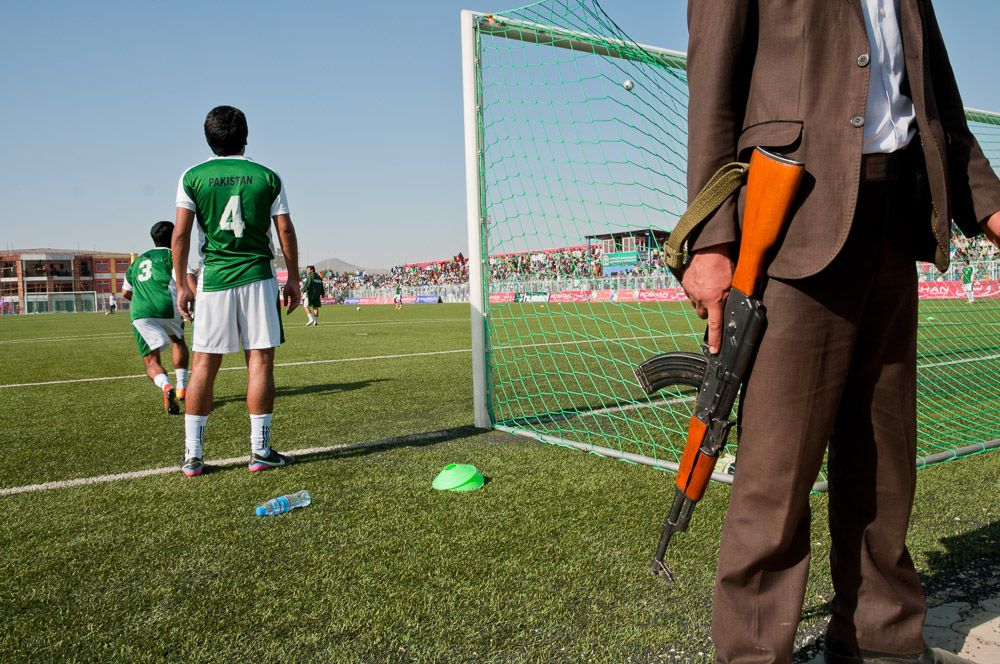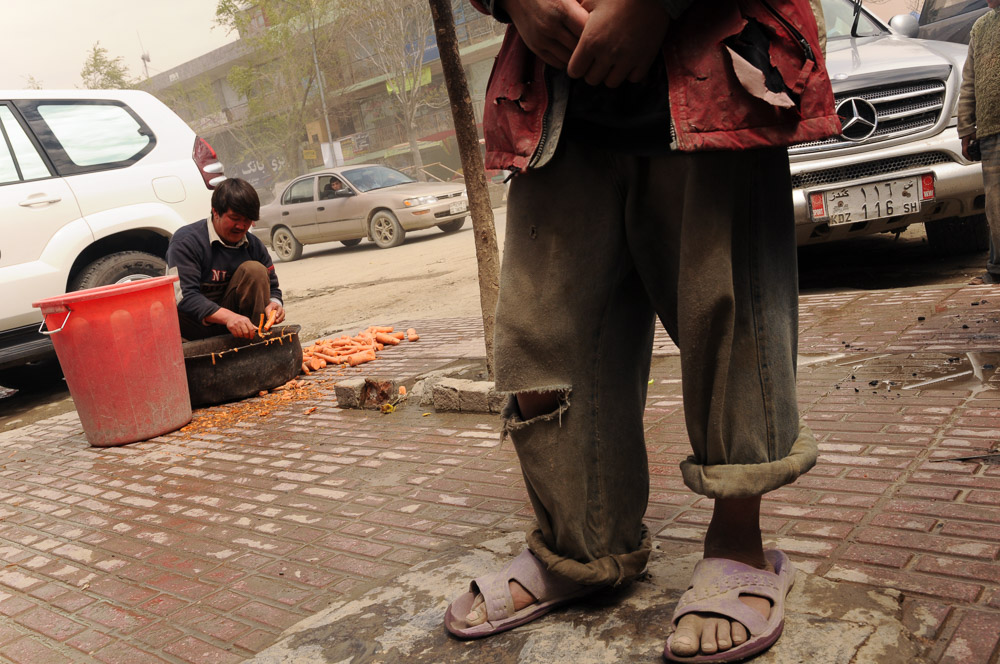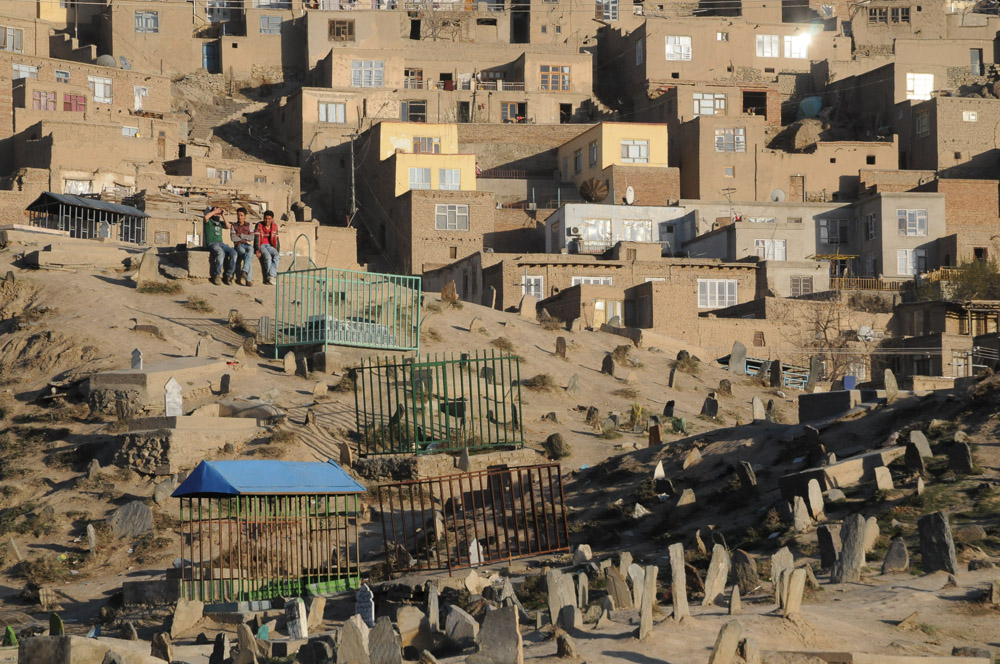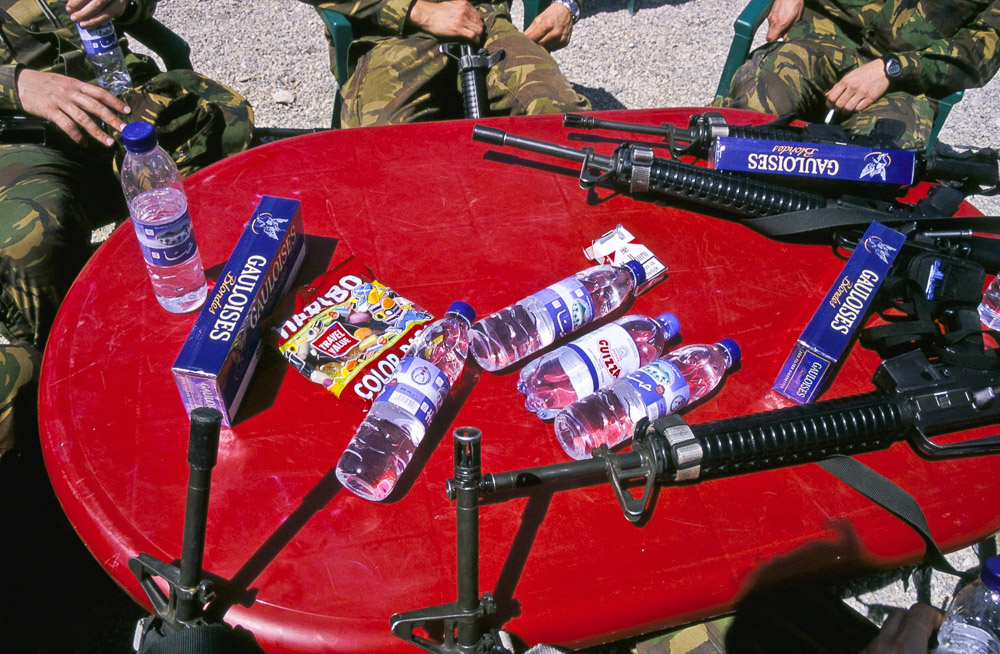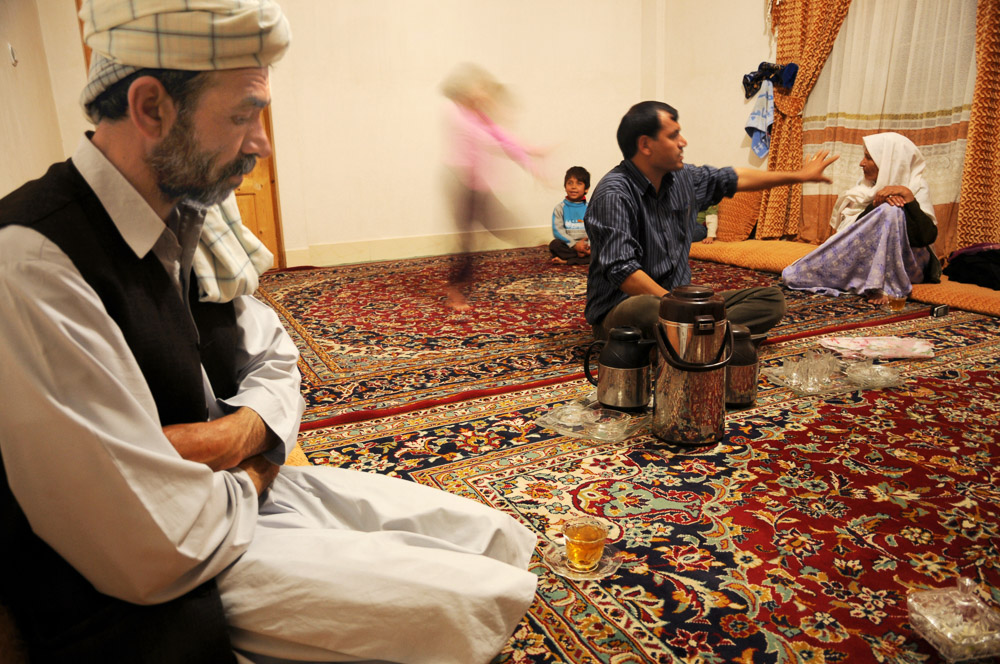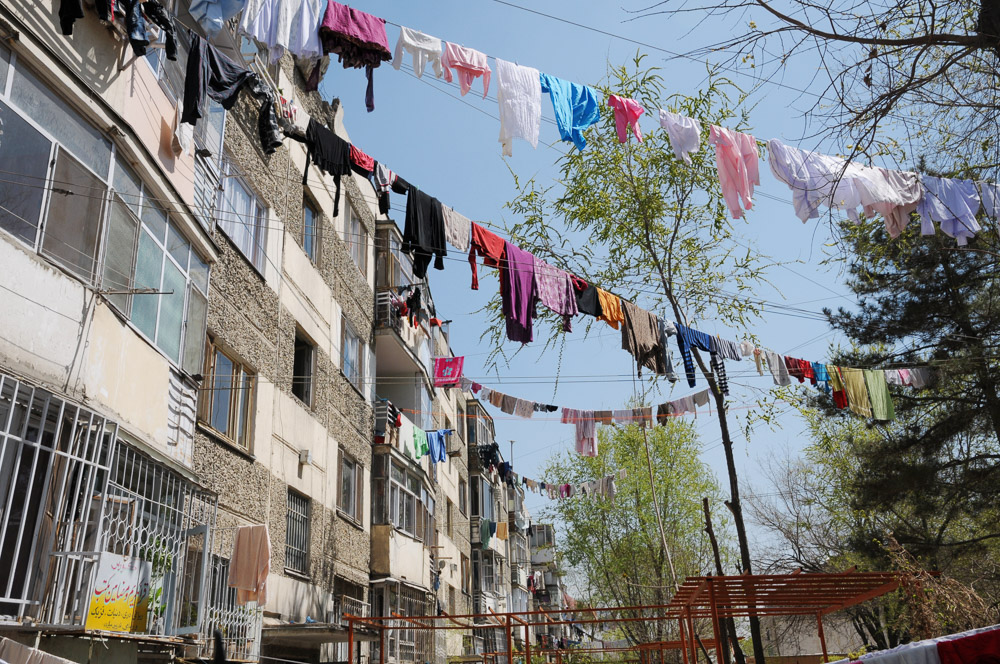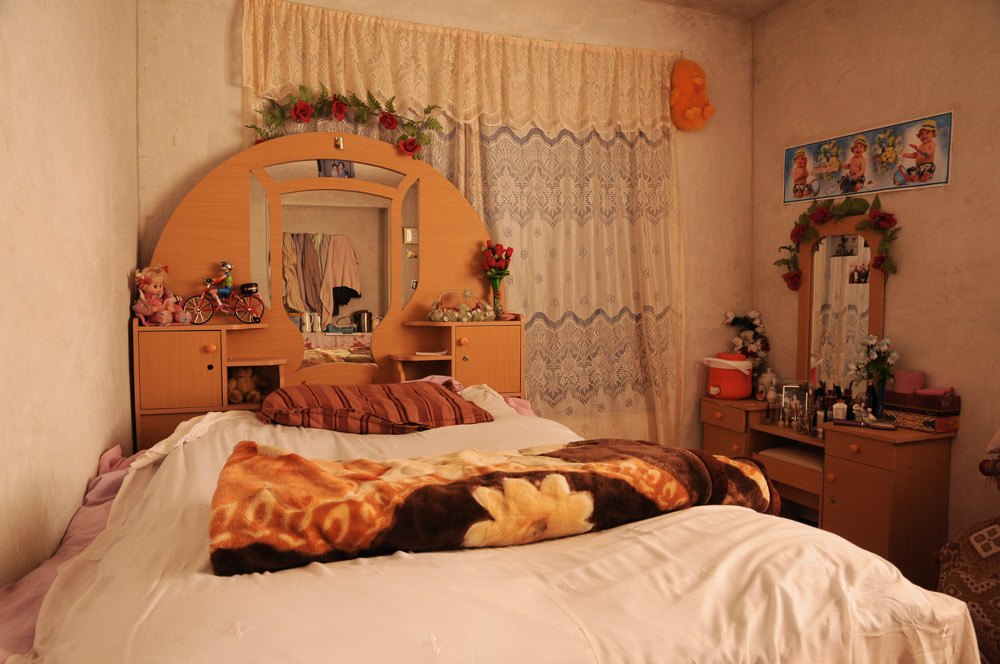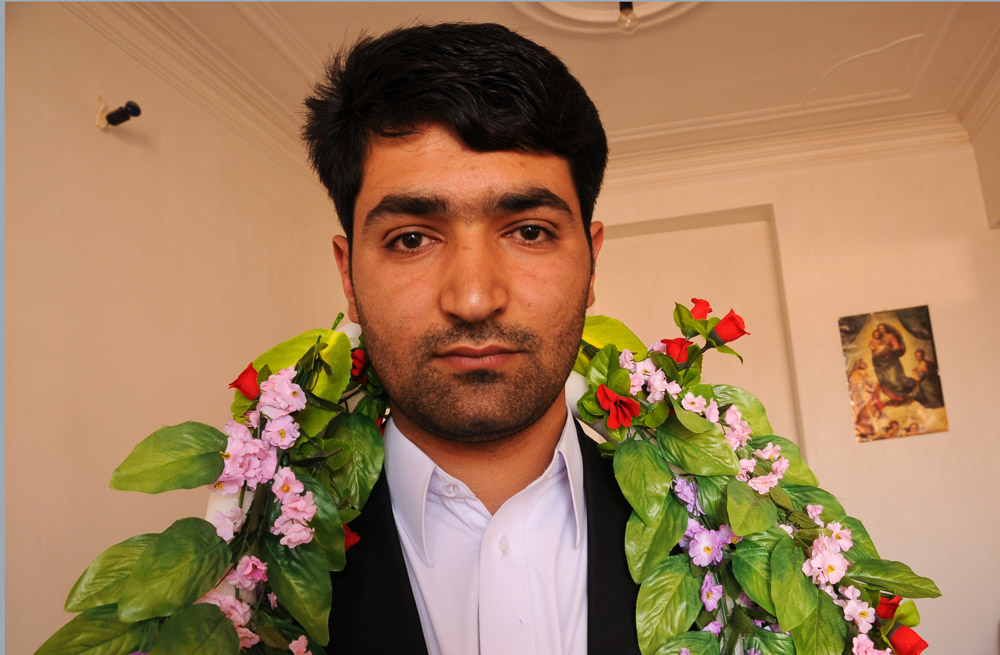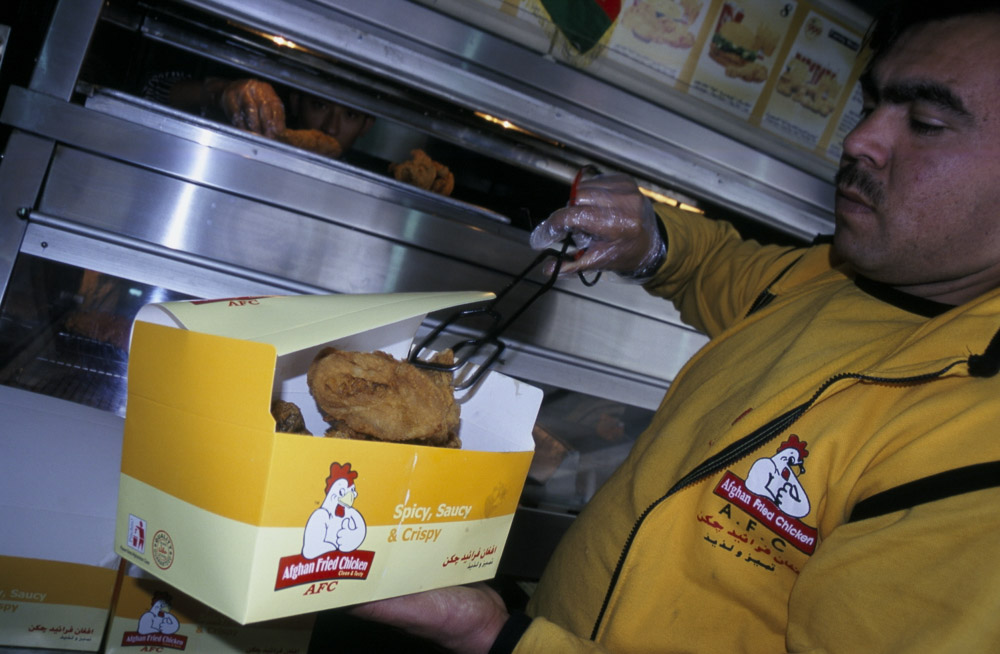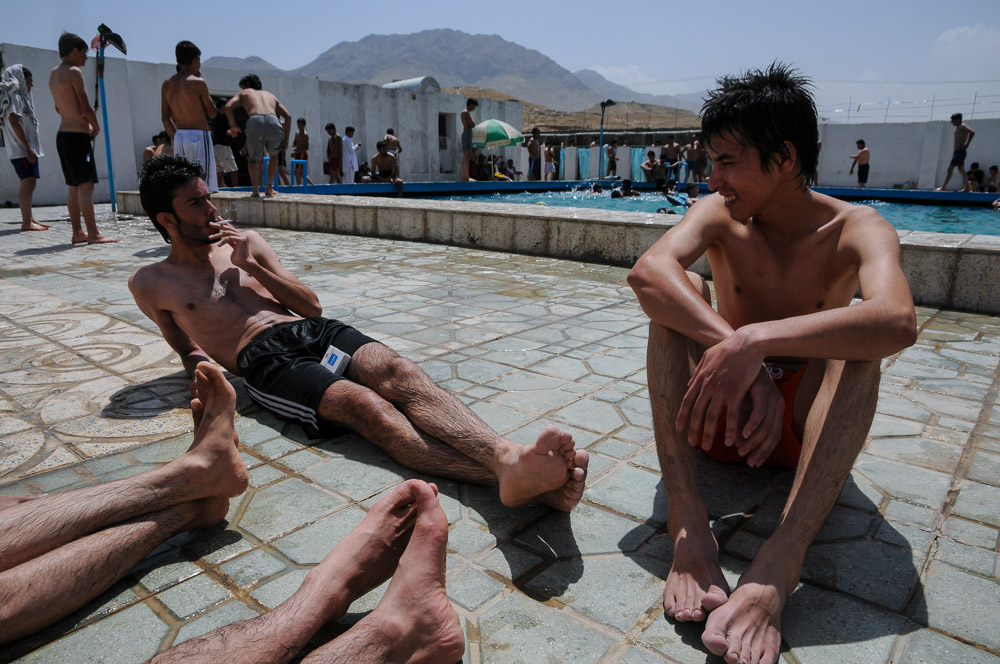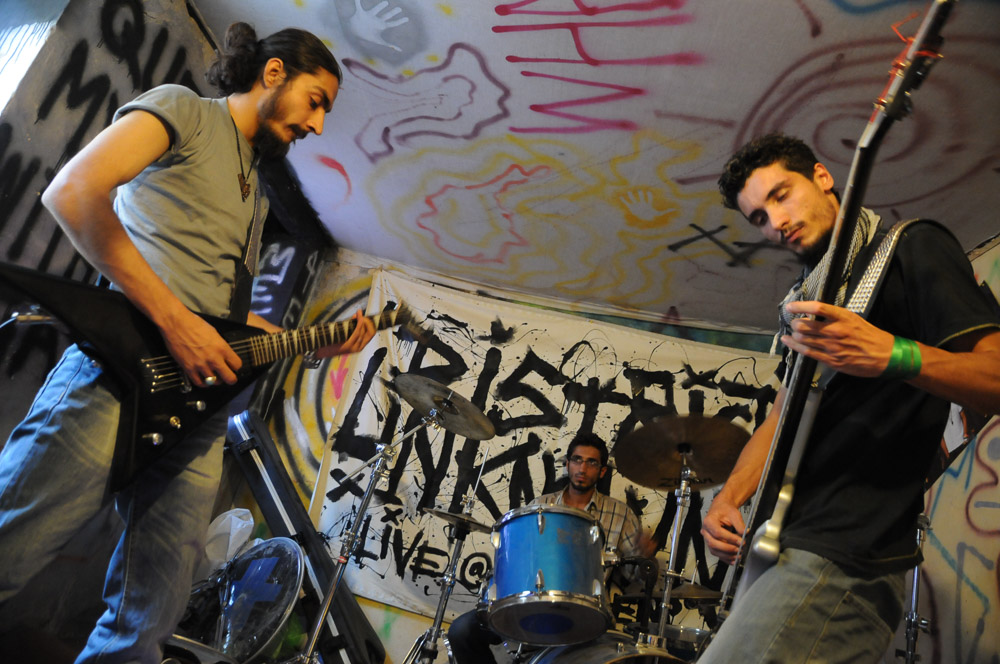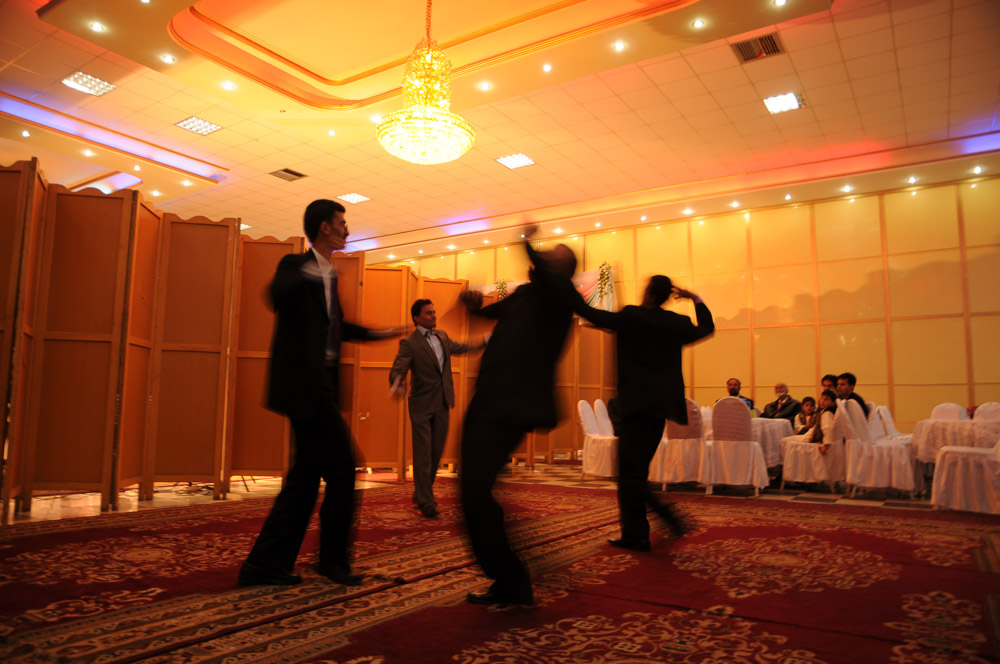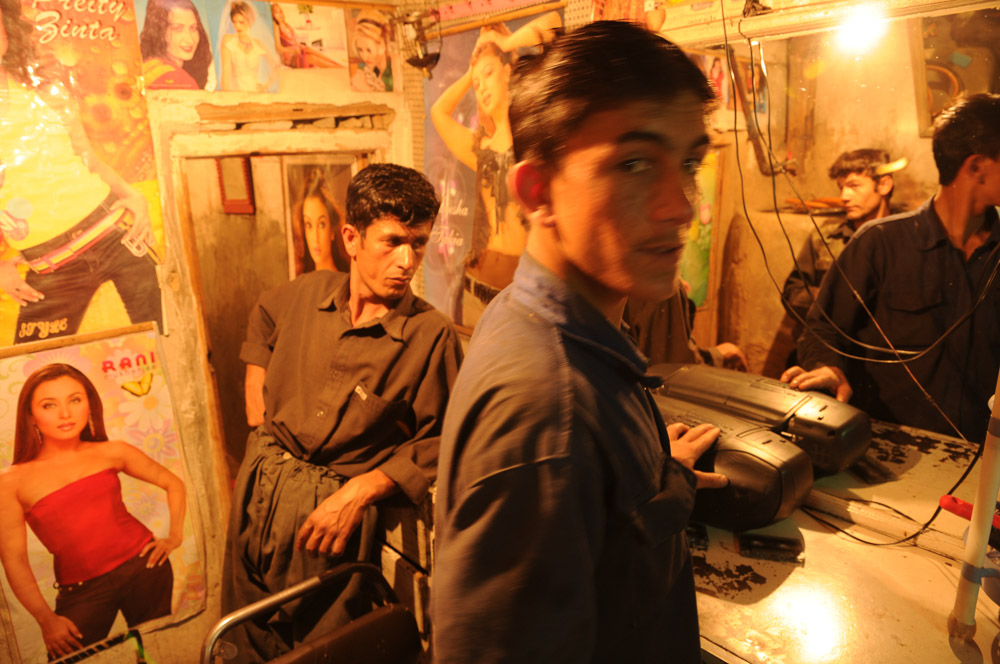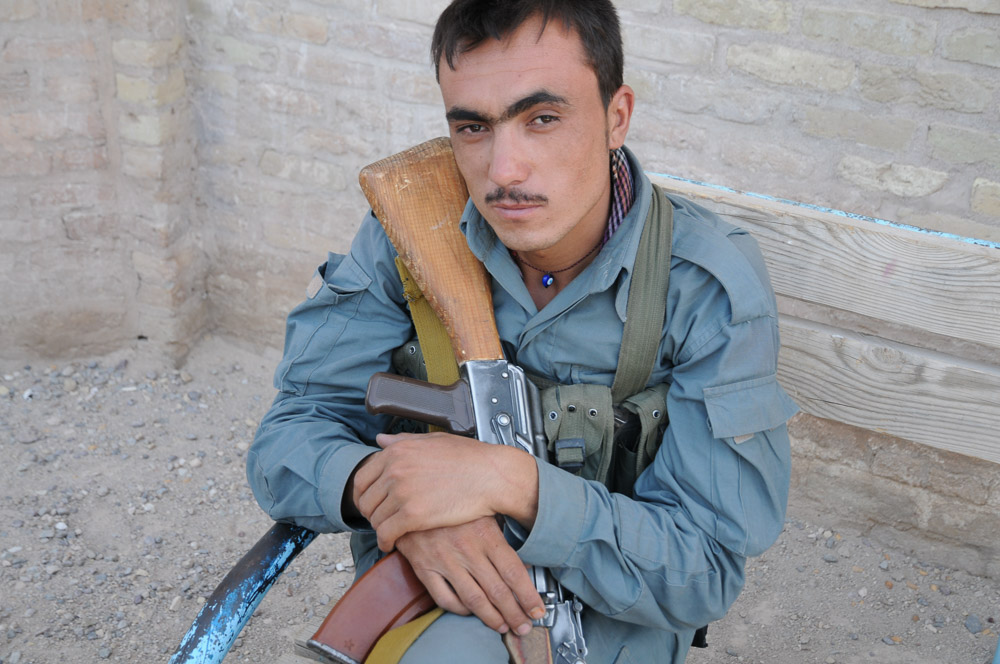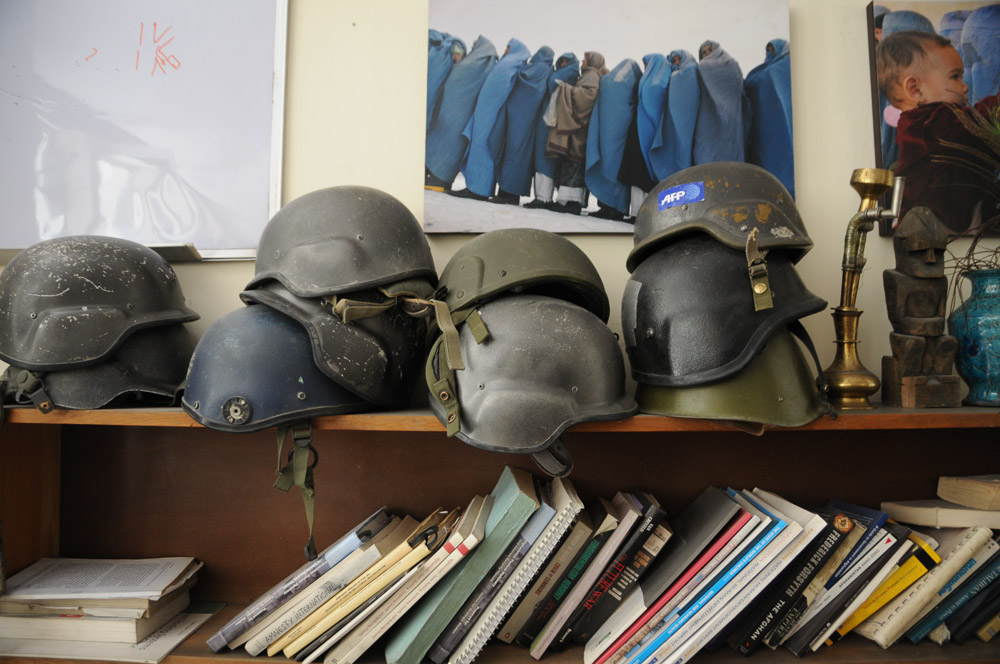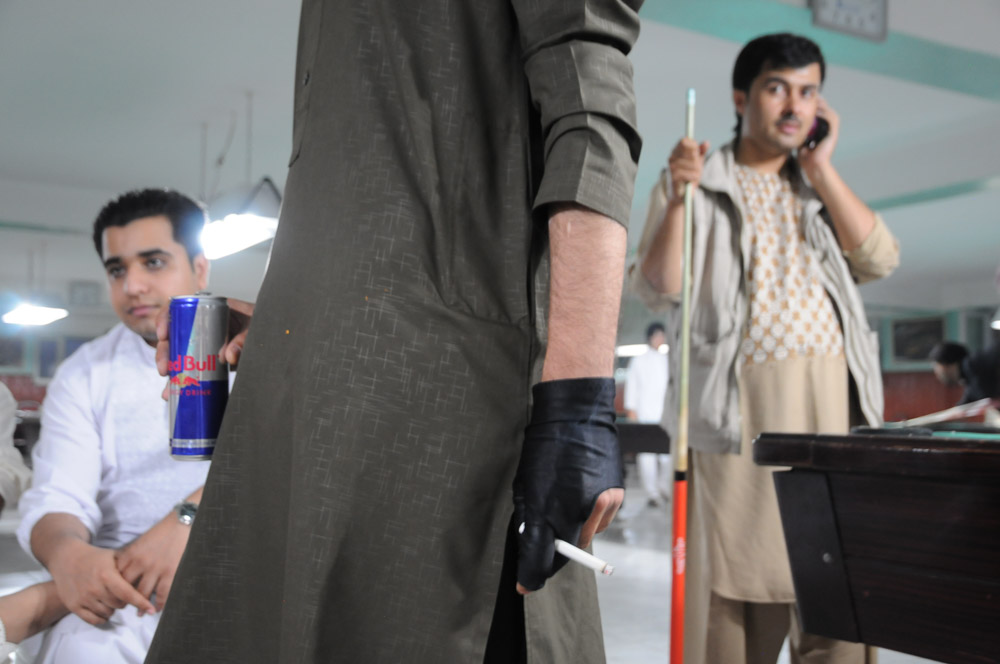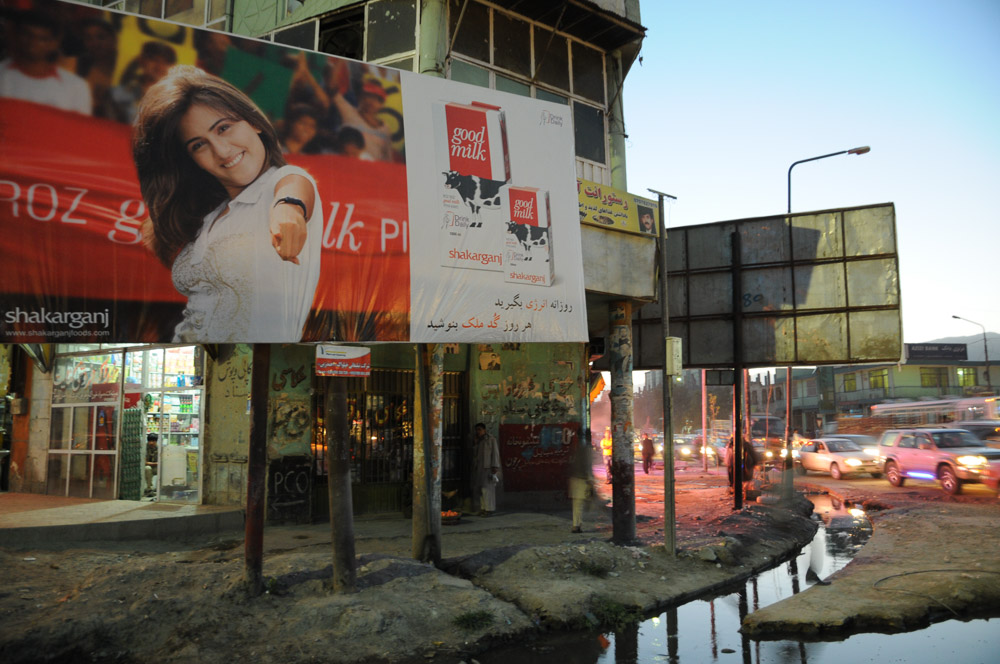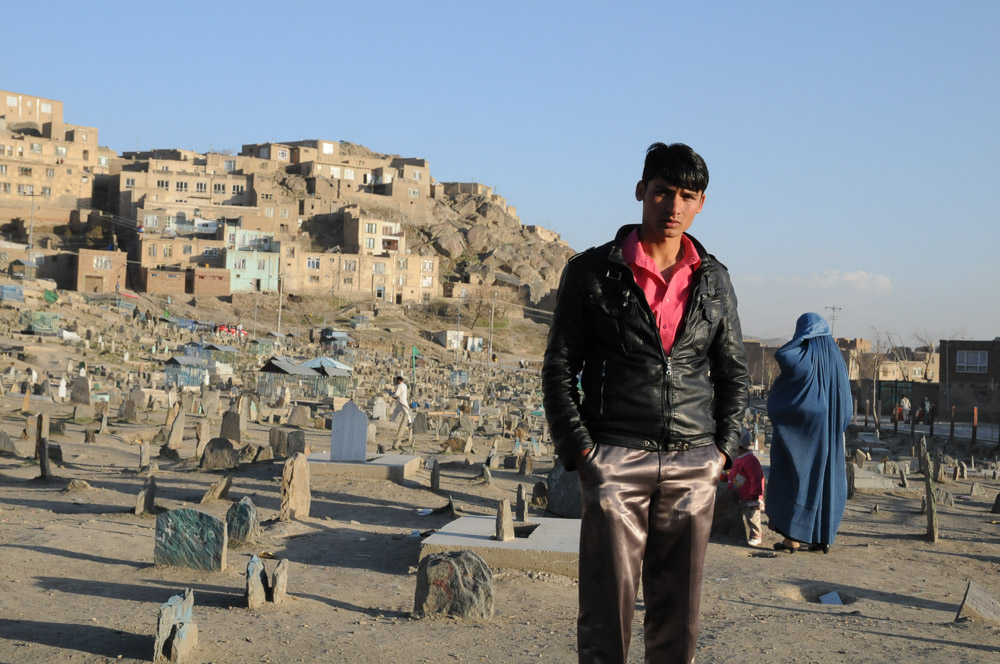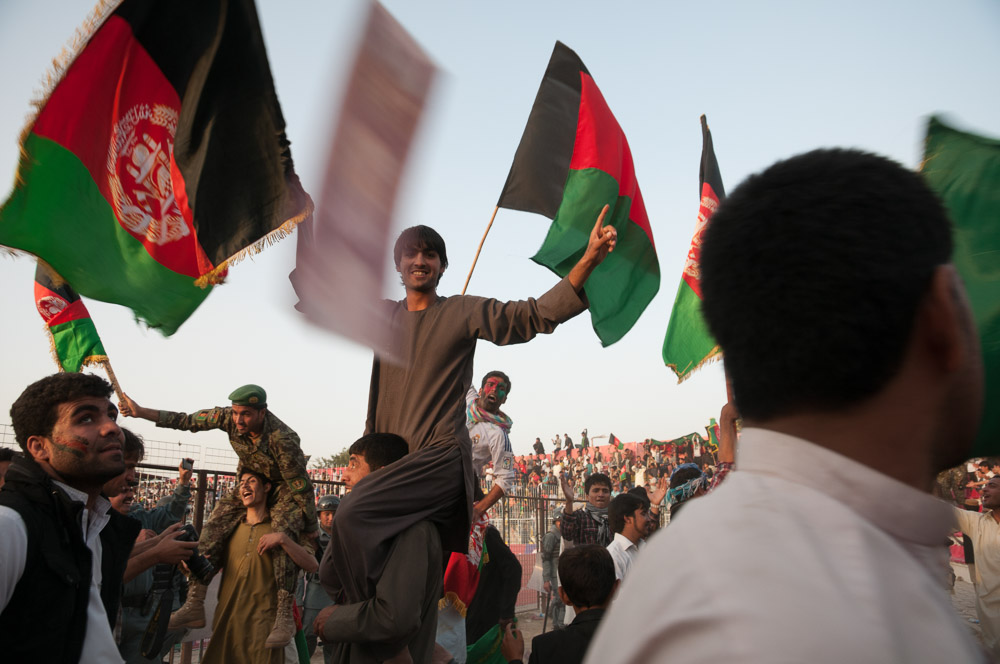Finding Afghanistan
Finding Afghanistan was inspired by the complexities and contradictions in Afghan urban life. Kabul and the major cities have undergone huge changes along with the foreign intervention. While the latter believe that most of it is to owe to their benefit a controversial debate exists about the real or only apparent progress generated by the Western presence.
The vigor, joy and eagerness of urban populations are a remarkable phenomenon because they happen amidst daily shortages and terror. Despite insecurity and an uncertain future, especially the young generations share a common desire to build a new tomorrow and want to be part of the global communication. iPhones and tablets, ventilated supermarkets and skateboards are not only shining realities in an urban context tainted by dust. They have also become witnesses to a new „conflict chic“ that the aid-industry has so far not reflected.
The new Afghan middle class is in itself fragile. Young men and women are repeatedly tossed between local identities and Western ideals. At the same time, the modernization visible in these pictures is a response to the Taliban and extremists groups or to corrupt elites and local warlords fed by Western aid money. As vibrant as it seems, Kabul and urban Afghanistan is also full of inhibited contradictions and assumptions, and of immeasurable hopes.
